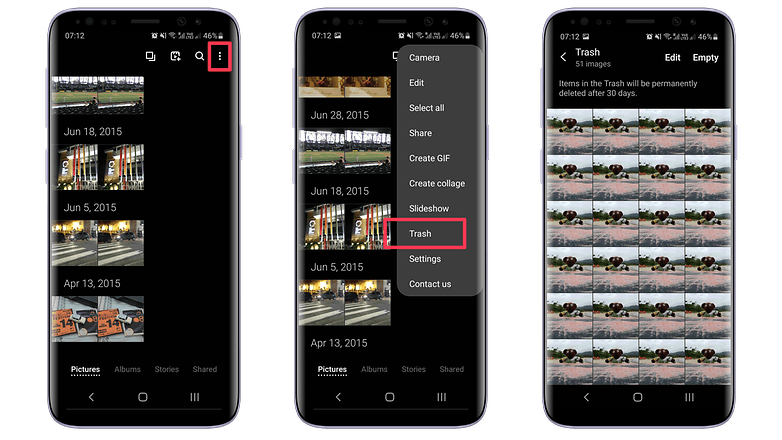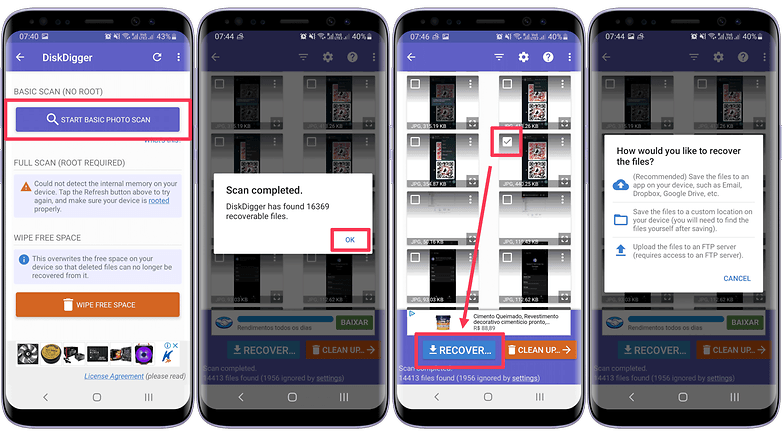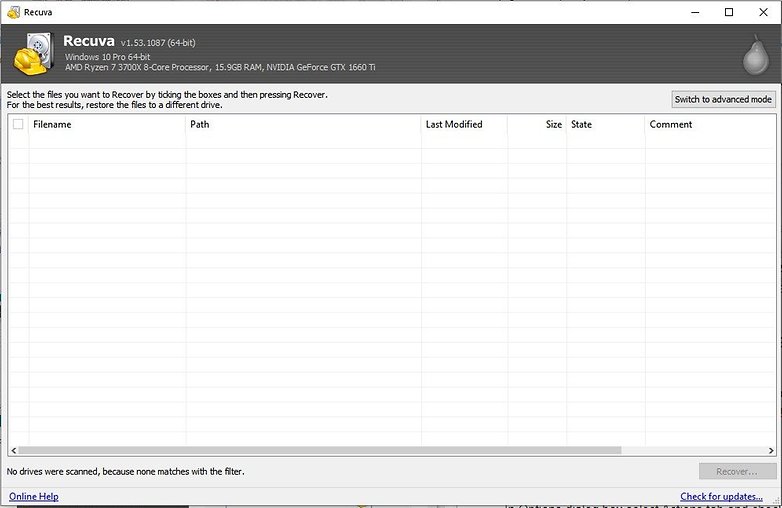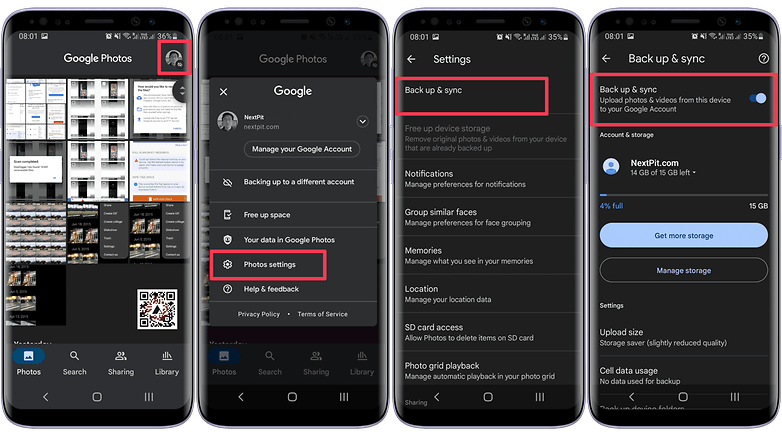Trying to figure out how to get back deleted photos on Android? Well, don’t worry! You’ve found the right place. There are a lot of ways you can do this, and we’ll show you some of them here. Before we start, we want to make sure you know that with each new Android version and Google’s new security policies, it’s becoming more and more difficult to get back deleted photos and data.
Have you gone through the recycle bin?
Now, before you accuse us of presenting anything obvious, please hear us out. When you click the Delete option on most current cellphones, your images are not actually erased. Instead, they move the deleted photographs to a temporary folder (often titled Recycle bin/Trash/Recently deleted) where they are held for a certain time (about 30 days) before being automatically removed – this time permanently.
If you recently deleted the photo, it is likely that you may locate it in this folder. The procedure for accessing the Recycle bin differs depending on the device. However, you’ll most likely discover it in your phone’s Gallery or Photos app. For example, on Samsung phones, you may reach the Recycle Bin from the Gallery settings (check screenshots).

Only photographs that have been backed up to the cloud are stored in the Trash section on phones running stock Android and using Google Photos as the default gallery app – albeit for 60 days.
If you are certain that the images have been removed, even from the Recycle bin, things become more complicated, and the possibilities of recovering deleted photos become slimmer. This is primarily due to Google’s enhanced security and privacy procedures for Android, which include new projects such as Scoped storage, which prevents apps from accessing files that are not their own.
Anyway, let’s have a look at your remaining possibilities.
Using an app, you can recover deleted photos.
Several programs claim to be able to retrieve lost images from Android cellphones. While many of them fail, we did have some success with a program called DiskDigger photo recovery. DiskDigger was also less invasive when it came to displaying advertisements. It should be noted, however, that the tool works best on rooted phones. You can try to recover deleted images without rooting your device, however, the results may vary. But there’s no harm in giving it a shot.
Anyway, first go to the Play Store and download DiskDigger photo recovery, then launch it.
If you’ve recently deleted images, DiskDigger should be able to detect them and give you the choice of restoring them to a folder on your device or backing them up to a cloud service.

Note that DiskDigger is limited to recovering images from your thumbnail caches on a non-rooted device, which means the images will most likely be of inferior quality than the original photos or videos. Recovering the full-resolution original copies of photographs or videos requires rooting your device and purchasing the $2.99 Pro edition of the app. If you don’t know how to root your phone, you can start by reading our entire guide on how to root Android.
Anyway, after running DiskDigger, it didn’t appear to be able to identify our photos at first, but a simple trip into its settings and unchecking the minimum file size factor showed our destroyed photos. As previously said, if you wish to recover your images, you will require the Pro edition of the software, which can be downloaded from the link below. Again, even with the premium version, there is no assurance that you will be able to recover deleted photos.
Alternative apps to consider: While there are various Android apps that claim to recover deleted files, please keep in mind that the majority of them will not work on newer versions of Android – or without root access. In addition to DiskDigger, we tested EaseUS Mobisaver, which functioned similarly to DiskDigger. If you don’t have success using DiskDigger, this is a viable choice to consider.
Using a computer, recover images from your Android phone.
We’re sure you’ve considered this possibility as well. Is it possible to use a computer to recover images from an Android phone? This may be feasible if you’re using a phone that runs Android 9 or lower. This is no longer an option on newer smartphones running Android 10 and beyond, thanks to Google’s strengthened security and privacy features. We tried a variety of software that claimed to restore deleted files, and every single one of them failed.
If you have an older phone that is running Android 9 or lower, you can utilize programs such as Wondershare’s Dr.Fone and EaseUS Mobisaver (for Windows). It’s worth noting that you’ll need to activate developer settings on your smartphone to use any of these apps.
How to Recover Deleted Images from a MicroSD Card
If the deleted photo on your phone was saved on a microSD card, the chances of recovering it are substantially better. You will need a computer, data recovery software such as Recuva, and an SD card reader for this. Follow these instructions to recover data from a microSD card using Recuva.
Install the most recent version of Recuva on your computer.
Connect the SD card reader to your PC (or insert the SD card into the card reader slot on your notebook).
Select Advanced mode in Recuva.
Select the Actions to tab in the Options dialogue box and check Scan for non-deleted files.
After you’ve entered these criteria, scan the SD card and wait for it to finish.
When the scan is finished, you will be presented with a screen displaying all of the recovered files.
To finish the process, click Recover.

Once you’ve retrieved your images, you’ll want to take precautions to ensure that this never happens again. And to do so, you must ensure that your images are always backed up.
We have a special post that will show you exactly how to achieve this. But if you need to get something done quickly, here’s what you can do.
How to Back Up Your Android Photos
Now that we’ve covered how to recover deleted photographs on Android, the next step is to avoid this issue in the future. We recommend utilizing an app like Google Photos or OneDrive for this. We’ll use Google Images as an example below, which allows you to automate the process of backing up your photos.
While Google Photos has imposed a limit on the number of photos you can store for free, we still believe it is a decent option even with its paid plans due to its simplicity. For the time being, you can utilize the 15GB of storage space allotted to you (shared with other services linked to your Google account) to save images. Perform the following steps to ensure that you have enabled this option:
Open Google Photos on your Android phone.
Tap your account profile photo in the upper right corner.
Choose Photos settings.
Back up and sync should be selected.
Select the Backup and sync option.
Tap on Upload size, then choose whether to save compressed or original photographs.

Well, that sums up our guide on how to recover deleted photos on Android devices. Have you had any disastrous data loss accidents before? What did you do to recover deleted photos on Android? Tell us in the comments.




